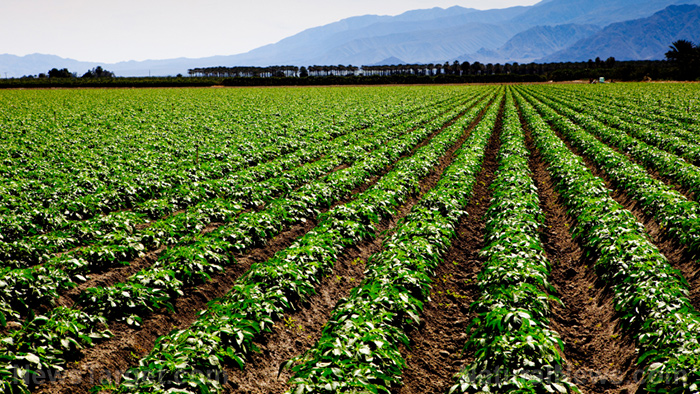
Use of compost and cover crops improves soil nutrients, helps mitigate the impact of extreme weather on vegetable crops
Saturday, October 13, 2018 by David Williams
http://www.realsciencenews.com/2018-10-13-compost-and-cover-crops-improves-soil-nutrients.html

The benefits of using cover crops and compost in growing all sorts of plants have been known for a long time. However, the effects of adding them in specific configurations haven’t exactly been well-studied.
In fact, certain long-term impacts of adding organic matter through cover crops (CC) and compost in the soil are poorly understood. Now researchers from the University of California Cooperative Extension (UCOP) have performed the first detailed study that finally looks into the matter.
To be more specific, the researchers looked into the response of legume-cereal cover crops to various soil management techniques in so-called high-value vegetable production systems. Their study, which was conducted as part of the Salinas Organic Cropping Systems experiment in Salinas, California and spanned a total of eight years, revealed some interesting results.
According to the researchers, their methods for the study involved analyzing the actual effects of CC frequency – whether performed annually or every fourth winter – as well as the use of compost from yard-waste – whether none or 15.2 mg of dry matter per hectare and year – on the long-term performance of legume-rye CC in three separate systems at Year 4 and Year 8. All systems had identical setups otherwise during their run of eight-year commercial-scale vegetable production.
The researchers planted CC and measured levels of soil organic carbon (SOC), soil nitrate, CC shoots, and CC population density. Upon checking at the start of Year 4, the researchers found that the systems which had been receiving compost showed higher levels of SOC. By Year 8, the system with frequent CC showed higher levels of soil nitrate.
Meanwhile, the total CC biomass and N accumulation remained unremarkable across all systems, but legumes were said to be less variable and a bit more productive in systems where CC was infrequently added, regardless of the amount of compost. The system with frequent CC showed higher quality rye and total CC residue.
The researchers also checked to see if frequency and amount of rainfall had any effect on performance at all, and they noted that there were none. They did say, however, that during the drier year, there was a noticeable decline in the percentage of legume biomass. But otherwise, the systems remained largely unaffected.
The researchers concluded that frequency of cover cropping and compost have a number of rather subtle effects on legume – rye growth in high-value and tillage-intensive organic vegetable production systems. In particular, the researchers found that the addition of yard-waste compost can increase soil organic carbon in vegetable systems and that frequent cover cropping can result in an increase in soil nitrate levels.
In simpler terms, the combination of frequent cover cropping techniques and yard-waste compost can not only improve soil nutrients that are helpful with high-value vegetable systems, but they can also help minimize the impact of added rainfall on the vegetable crops themselves. This information should go a long way towards improving vegetable growing methods of today and help avoid major issues with the practice in the future.
The study as it has been conducted so far hasn’t been that extensive, so there is still room to improve upon. Perhaps even more useful information can be revealed by studying the systems included in the study even further.
Read more about tried and tested farming methods at Harvest.news.
Sources include:
Tagged Under: Tags: agriculture, compost, cover crops, crop yield, crop yields, crops, farming, fertilizer, food production, food supply, gardening, goodscience, green living, harvest, legumes, Plants, soil nutrients, vegetables, yard-waste compost





